Acro™ S-2
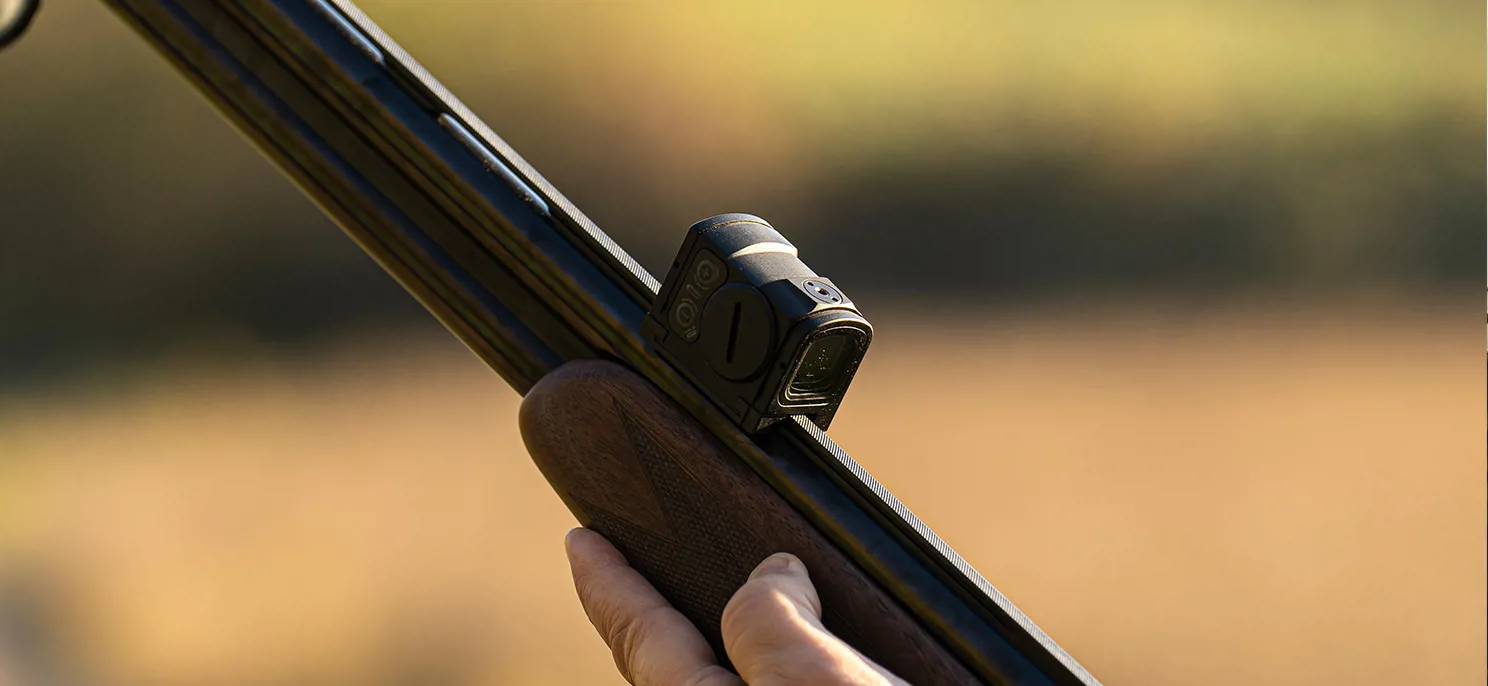
9.28.2022
"As the trees begin to lose their leaves, hunters from all over the country, from every walk of life and background, meet again to pursue their common interest."
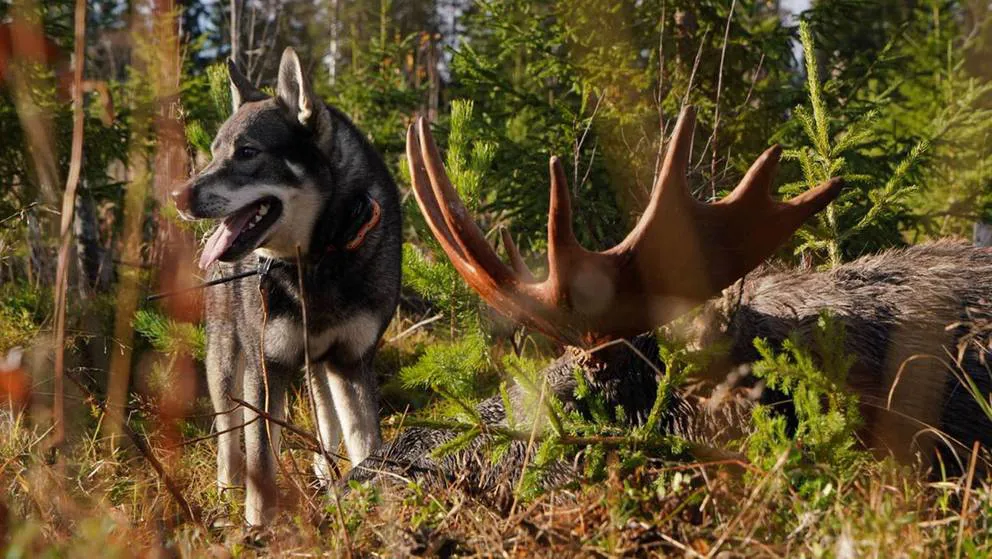
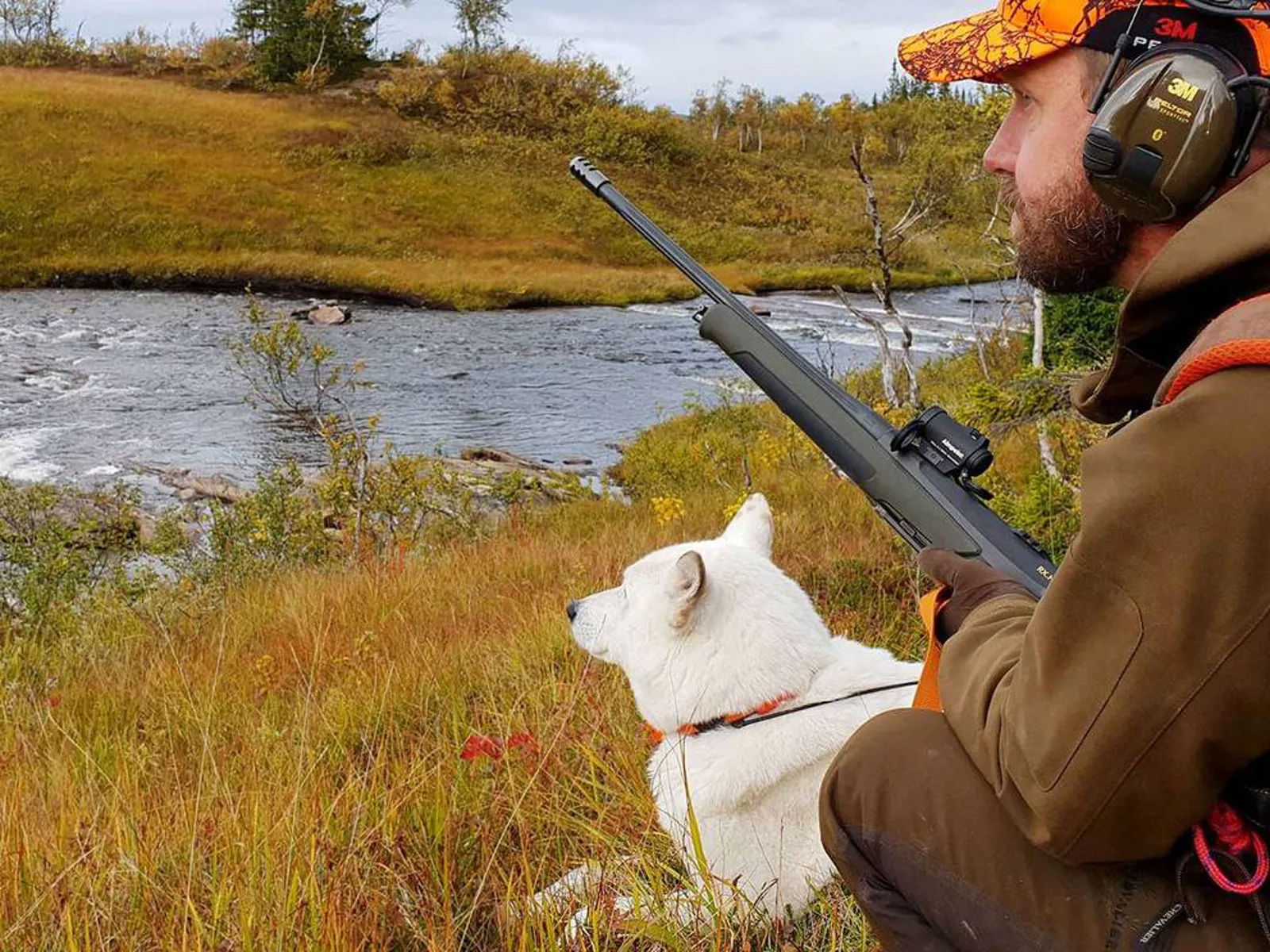
The moose hunting culture in Sweden goes back many generations and is a sacred pastime for many people. This is truly a cultural heritage that brings people together. For some, the hunting season begins and ends with moose hunting.
According to the statistics, a quarter of a million Swedish hunters head out into the forest every autumn in search of the “king of the forest”. In some parts of Sweden, the hunting starts as early as September, but for many the second Monday in October marks the big start to the season. If there is any date in the Swedish hunting community that can be compared to a national holiday, it is this particular opening Monday.
Cultural heritage
Hunting with unleashed dogs has ancient roots in Sweden, and the technique has been used by both commoners and the nobility.
In 2020, this form of hunting was included in Sweden’s list of intangible cultural heritage. It is the most common form of hunting in Sweden and is most often carried out in combination with pass shooters positioned in towers, or in strategically selected locations in the hunting area.
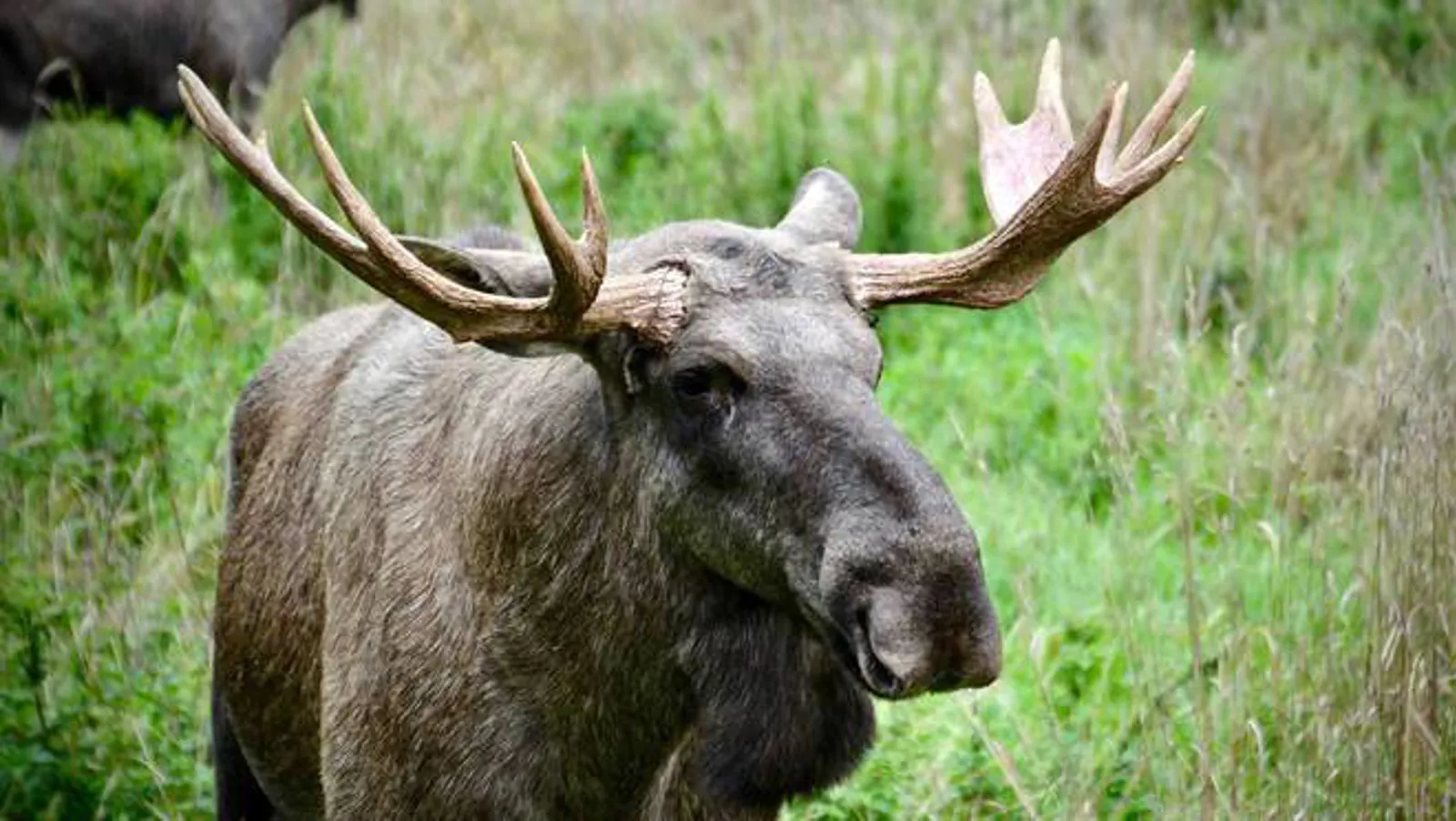
Many different hunting dog breeds are suitable for the task. In Sweden, for example, the Swedish jämthund, gråhund and lajka are the most common dog breeds.
The unleashed dog works independently and together with its handler, searching the forest for the scent or other traces of their prey. When the dog finds the moose, its task is to let out a specific bark (ståndskall) informing its handler that it is standing with its prey. It continues barking in an effort to keep the moose where it is.
If the moose still decides to try to move, the dog can follow, in which case it lets out another bark informing its handler that they are changing location (gångstånd). If the moose runs away, the dog should stop barking and try to bring it to a halt again.
The dog does not start barking again until it has stopped the moose. It is at this stage – when the elk is running or walking with the dog at its heels – that the pass shooters get a chance to shoot.
Wind direction matters
As a dog handler, it is important that you take into account the wind direction before starting to sneak towards the moose. Soft and quiet clothes can also be a great advantage.
Once the dog handler has managed to creep close enough to the moose and the dog, it is important to keep track of where the dog is. For example, one must never shoot if the dog is behind the moose or too close to it. Even if the bullet hits the moose, it can change direction as it passes through the animal – and then an accident can occur.
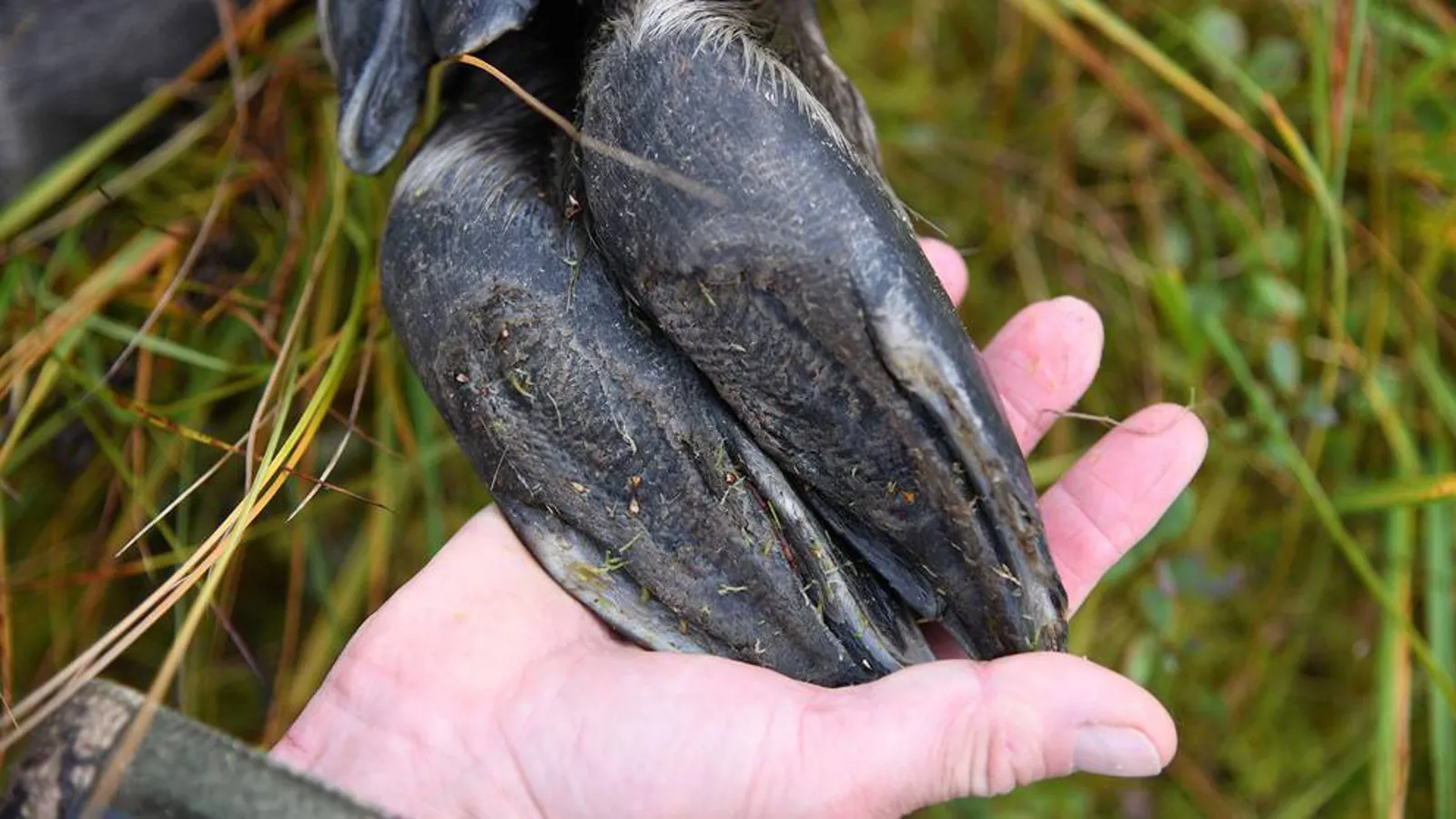
A “folkdrev” (loosely translated as a “people-drive”) is another way to hunt moose. Just as it sounds, a folkdrev is a chain of people who walk through smaller sections of forest to flush out the moose. This can be very effective, not least in instances where it is not suitable to hunt with unleashed dogs.
Examples of such situations include hunting near major roads and smaller hunting grounds, or the most hotly debated reason – that there are wolves in the area.
Pulse-pounding decoy moose hunting
Another way to hunt moose that is becoming increasingly common on the other side of the Atlantic but has also grown more popular in the Nordic countries, is decoy hunting – a form of hunting that can be both very effective and pulse-pounding (to say the least). There is little technique behind effective decoy hunting, but the conditions for success include favorable winds, a good overview of the terrain, and practice with decoy techniques.
This form of hunting can offer a great deal of excitement and good shooting conditions. It is most common in the northern parts of Sweden, where the hunting season for moose is closer to the rutting period, which is the most popular time for decoy hunting.
Take part in our shooting adventures and hunting experiences. The content comes from experienced hunters and professional users in the form of articles, videos, how-to guides and other practical information that will help you to get the most out of your sight from Aimpoint.